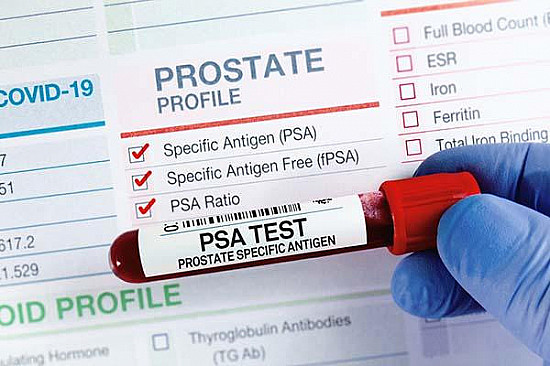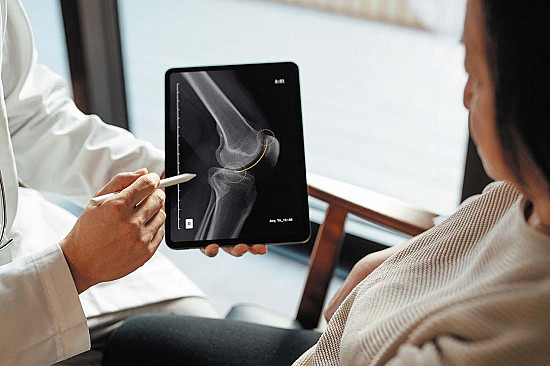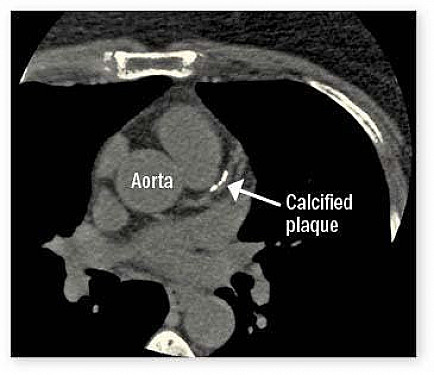The crucial, controversial carotid artery Part II: Treatment
The carotid arteries carry oxygen-rich blood from the heart to the front half of the brain. But these crucial arteries can become narrowed by the cholesterol-laden plaques of atherosclerosis. Blood clots, or thrombi, can form on the plaques, then break off and travel as emboli to the brain, where they lodge in small arteries, interrupting the vital flow of blood to brain cells. If the interruption is partial or brief, the brain cells recover; the patient experiences a transient ischemic attack (TIA) with no permanent damage. But if the blockage is complete, brain cells die, producing a stroke.
In many cases, a TIA warns of a future stroke, giving doctors time to perform a carotid ultrasound test to see if the artery is mildly (less than 50%), moderately (50% to 69%), or severely (70% to 99%) narrowed. Once the diagnosis of carotid stenosis (narrowing) is established, several treatment options must be considered.
To continue reading this article, you must log in.
Subscribe to Harvard Health Online Plus (HHO+) to unlock expert-backed health insights, personalized tools, and exclusive resources to feel your best every day.
Here’s what you get with your HHO+ membership:
- Unlimited access to all Harvard Health Online content
- 4 expertly curated newsletters delivered monthly
- Customized website experience aligned to your health goals
- In-depth health guides on topics like sleep, exercise, and more
- Interactive features like videos and quizzes
- Members-only access to exclusive articles and resources
I’d like to subscribe to HHO+ for $4.99/month to access expert-backed content to help make smart, informed decisions about my well-being.
Sign Me UpAlready a member? Login ».
Disclaimer:
As a service to our readers, Harvard Health Publishing provides access to our library of archived content. Please note the date of last review or update on all articles.
No content on this site, regardless of date, should ever be used as a substitute for direct medical advice from your doctor or other qualified clinician.















